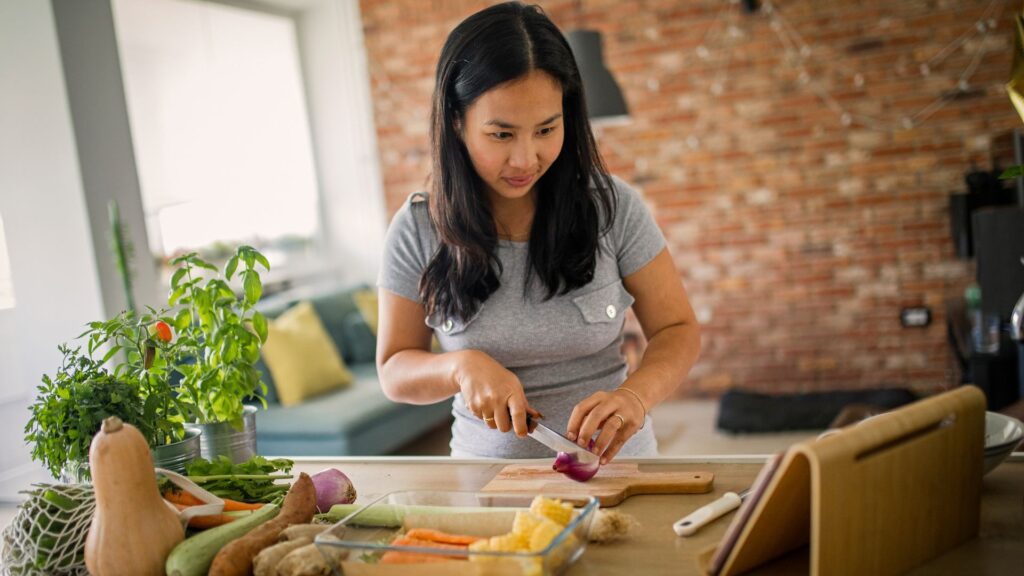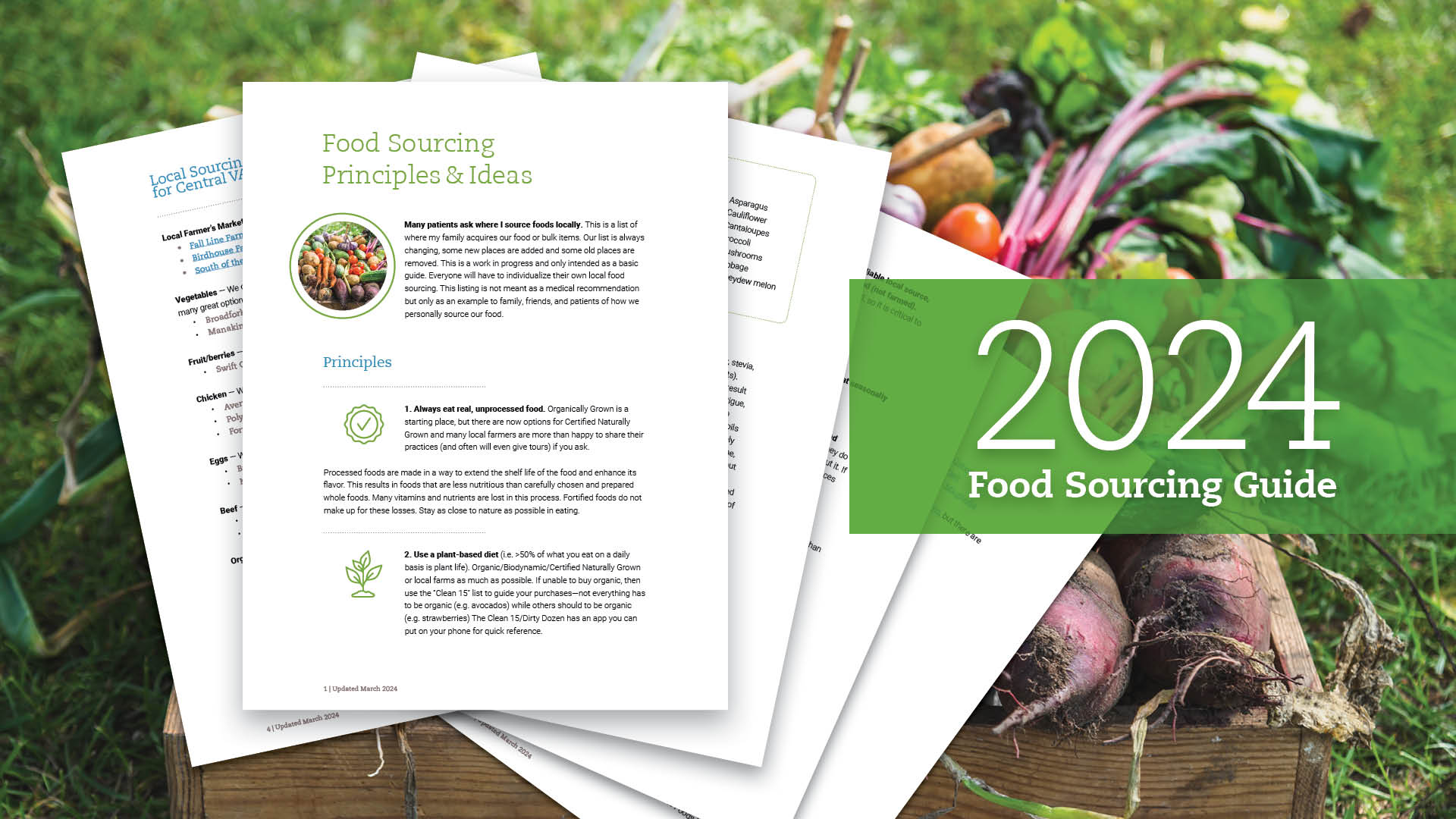Subscribe
Never miss out on new content from Dr. Hartman.
Food Is Medicine
If you’ve been around our practice or this blog, you’ve likely heard the theme, Food is Medicine. You’ve also heard us talk about the amazing benefits of phytonutrients (plant chemicals). We now know phytonutrients have amazing health benefits such as reducing inflammation, fighting cancer, promoting cognitive health, and promoting hormonal balance, just to name a few.
So, where do you start with incorporating more vegetables into your diet?
Would you like some fresh ideas on how to make them appealing for your own plate as well as your kids? In this post, I’ll share some tips from the Hartman kitchen to yours.
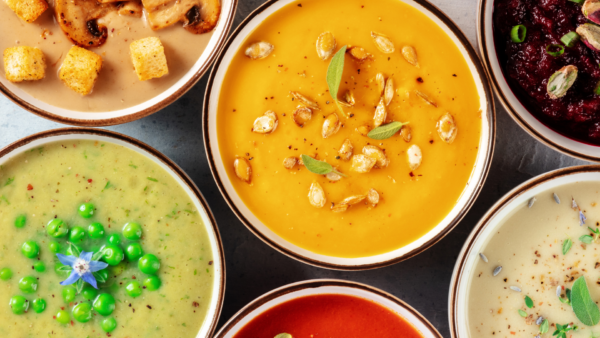
1. Soups
There are several ways to sneak vegetables into meals for kids, as well your own diet. The first way is taking the vegetable and turning it into a soup. I really like to do this with cauliflower. A curried cauliflower soup is a great way to pack vegetables into your diet. You simply take the cauliflower and roast it in your oven with salt, pepper and olive oil. Once you’re done roasting, mix it with some broth and turn it into a soup!
You can make almost any nutritious food super yummy…if done the right way.
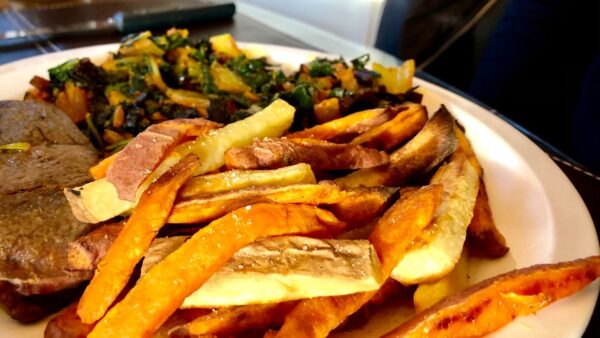
2. Roasting
Also, how you cook the vegetables can make a difference. Foods like Jerusalem artichokes, when roasted, are quite yummy. Again, you can take the artichokes, cut them up into small pieces with salt, pepper and olive oil, and roast them in your oven at 350 for about 20 minutes. As a result, you get a nice little crunchy treat!
One thing I do often is use Japanese yams or Japanese sweet potatoes, also known as Camotes in Costa Rica. It’s a type of yam that’s purplish on the outside and white on the inside. You can chop it up into little french fry strings and put them in your toaster oven after tossing them with olive oil, salt, and pepper. Also, you can take a head of broccoli and cut it up into little pieces, throw it into a pan with olive oil, salt, pepper, some minced garlic, and ginger…and voila! You have a tasty and nutritious dish. Whenever I make foods like this, I will make a batch big enough to last 3-6 days to keep in the fridge for the kids to eat, as well. All of these vegetables are super nutritious, really tasty, and easy to make!
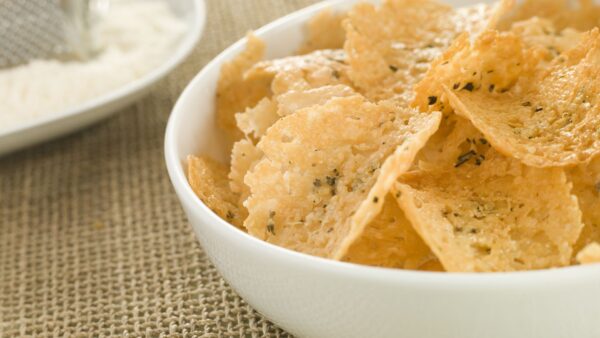
3. Some Not-So-Guilty Pleasures
As far as processed foods you shouldn’t feel guilty about, I tend to look at quality goods that have health benefits. For example, you can get sweet potato chips that are roasted in a healthy oil with a light amount of sea salt. Another option is carrot strips you can buy in a bag. Also, Costco has these organic pieces of parmesan cheese that have been turned into little chips, which are delicious and a nice little snack. These are all options for “processed foods” that have fat, are healthy, are minimally processed and add to your diet.
The thing to remember is you can make almost any nutritious food super yummy…if done the right way. Use a pressure cooker to make lentils or bone broth! Use a toaster oven to roast vegetables quickly!
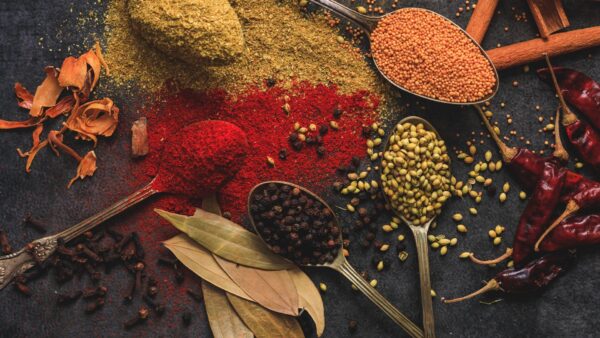
4. Spices
Finally, spices are something I love and use quite frequently. They are a great way to make things taste good. I’ve made different curry and chili powders to keep in a drawer for when I make these vegetables. You can sprinkle the powder on top to give it some flavor and pizzazz! Eating these vegetables as a snack or pairing with a course of lean meat doesn’t take long, and if prepared appropriately, can be absolutely delicious!

